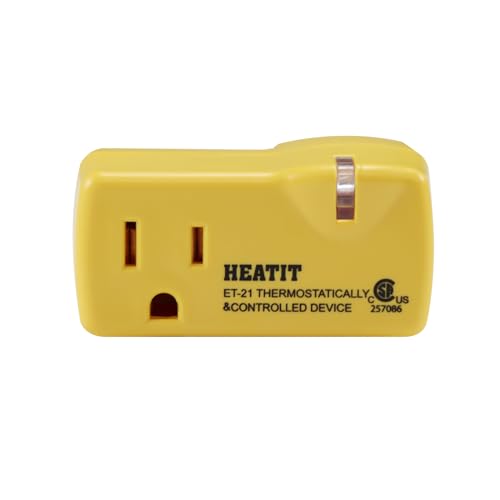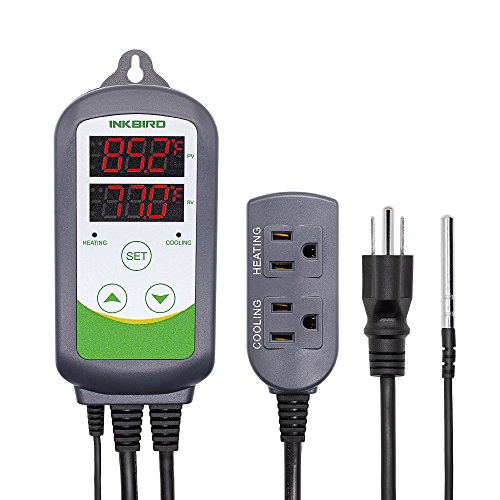'Okay, That's Genius!' I've Just Discovered This 'Temperature-Controlled' Outlet That has so Many Clever Uses
With a thermometer built in, these outlets can power devices when the temperature hits a certain point

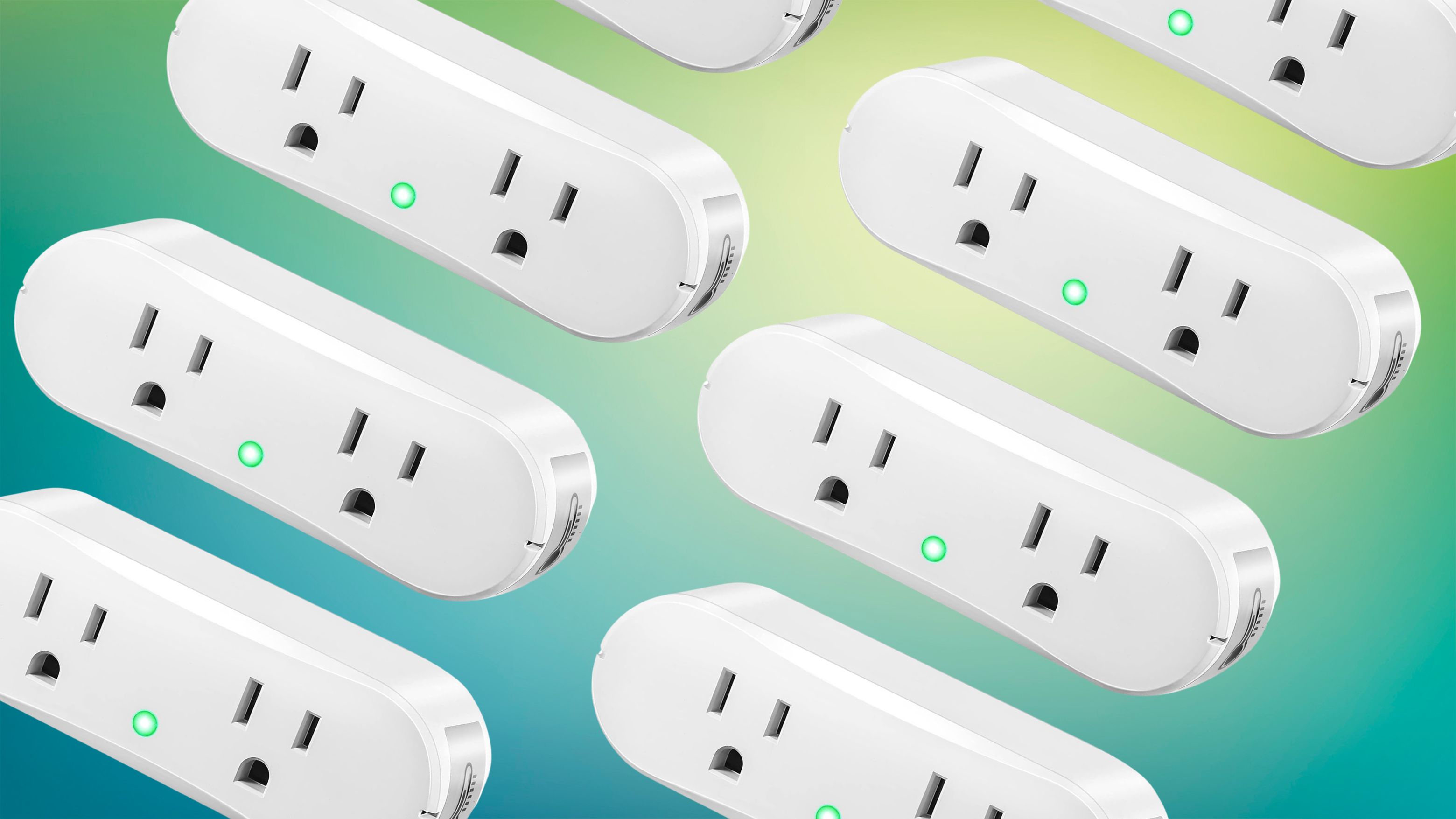
The temperature affects all kinds of things around your house, from keeping you comfortable to ensuring your plants are nice and healthy.
Generally, you have to keep an eye on the temperature yourself if you need to adjust things to compensate, but with thermostatically controlled outlets, you can add a bit of automation to your home. Perfect for when you’re away, or just want to relax and let your smart home take over the job.
What are thermostatically controlled outlets and how do they work?
There’s no hidden functionality here: thermostatically controlled outlets do exactly what the name suggests. Rather than being controlled manually with a physical switch or via WiFi and an app, thermostatically controlled outlets will power up and down based on the detected temperature of the room, or a connected object.
Some of these are pre-programmed. Amazon’s overall thermostatically controlled outlet pick, for example, will automatically turn on below 38°F and then off at temperatures of over 50°F. Others, like the Amazon’s “best-seller”, allow you to enter the specific temperatures you want to maintain.
Some have built-in Wi-Fi so you can keep track of the temperature on an accompanying smartphone app, and some will sound an alarm when a temperature is reached if you like.
Why would you want a thermostatically controlled outlet?
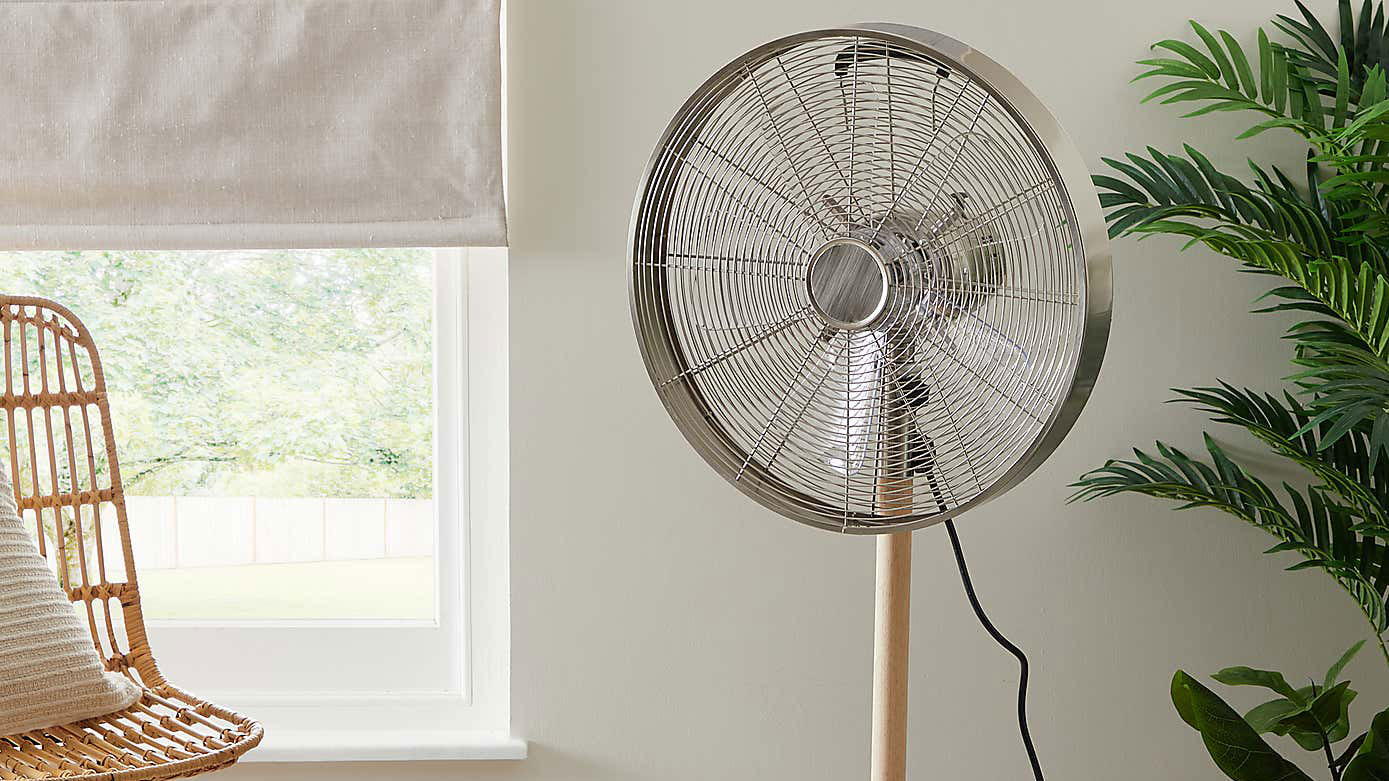
There are plenty of scenarios where a thermostatically controlled outlet would be handy.
The most obvious of these is keeping a room’s temperature manageable. In summer, you could put a fan to automatically come on when it reaches a certain temperature, and in winter a space heater could perform the same function in reverse. This could be all year round if you need to keep a room at a certain temperature — if you grow hothouse plants, for example.
The Livingetc newsletters are your inside source for what’s shaping interiors now - and what’s next. Discover trend forecasts, smart style ideas, and curated shopping inspiration that brings design to life. Subscribe today and stay ahead of the curve.
But dig into the reviews and you’ll find all kinds of interesting use cases. They’re used by exotic pet collectors, people heating chicken coops, those wanting to prevent paints from freezing in winter and even people trying to brew their own beer, which can be very sensitive to the conditions it's fermented in.
In short, if you have anything electric that you’d normally activate when a certain temperature is reached, then you can automate the process with a thermostatically controlled outlet.
But if you’re already in a smart home ecosystem, there is another way…
The smart home alternative
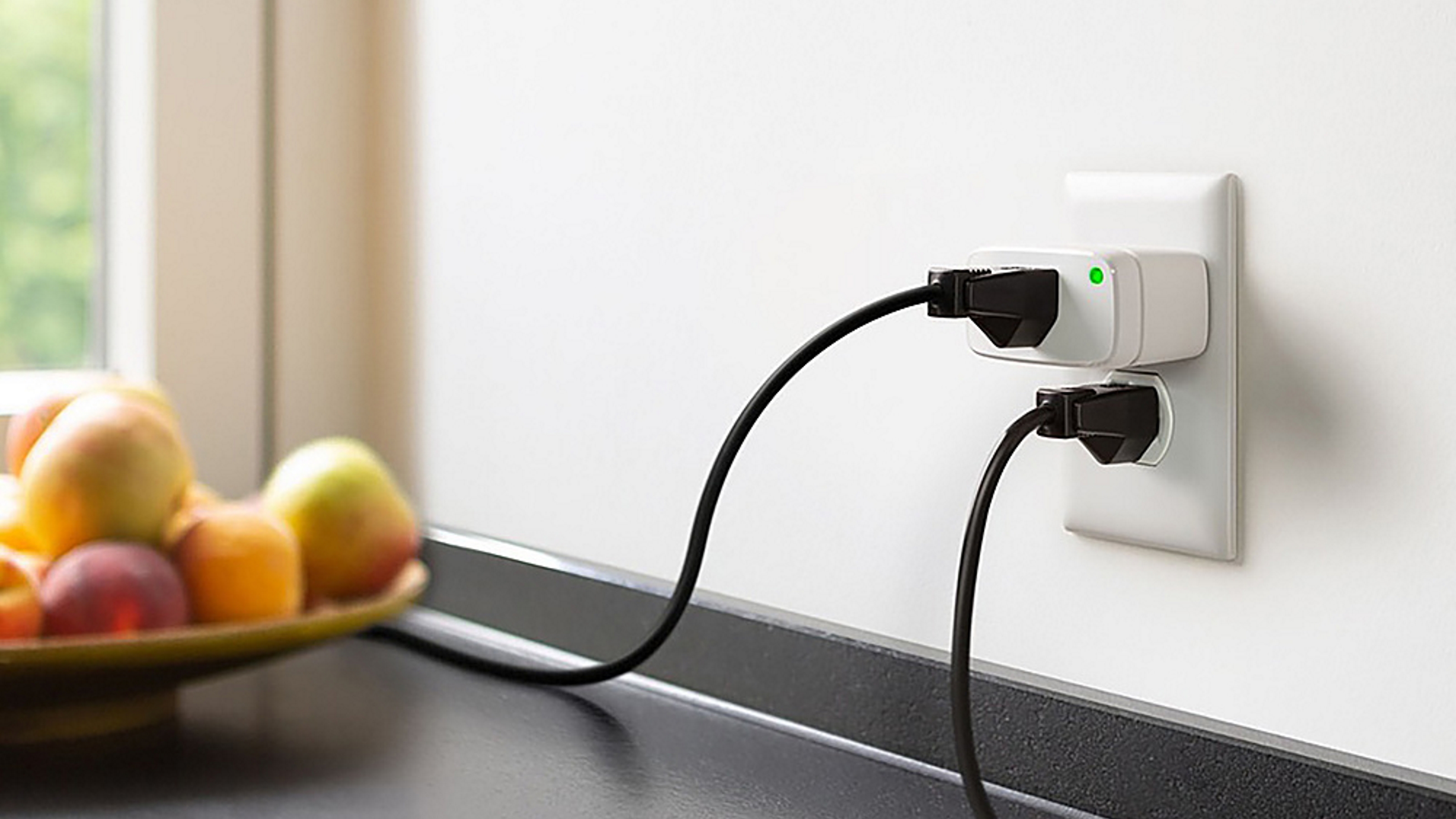
If you already have a smart home setup that you’re happy with and want to integrate something with your existing system, then there is an alternative: a smart home temperature sensor from Amazon, a regular smart plug and a bit of time to set it up. With IFTTT, you can program it so that when the temperature sensor hits a certain level, the smart plug springs into life, turning on a connected appliance.
If that sounds a little like hard work, you could purchase an Echo Dot which is on the more user-friendly end of the scale.
The new models come with a temperature sensor built in, and that means you can create an Alexa routine in the accompanying app. When the Echo Dot detects a temperature of over a certain level, the connected smart plug kicks in and activates the ceiling-mounted fan. Neat!
But you could use the routines to do anything you want here: just as long as the smart plugs or smart devices you buy work with Alexa, you can whip something up. Look at our list of the best Alexa-enabled devices for inspiration.
Automating your home via the temperature
Whether you use a thermostatically controlled outlet or a smart thermometer/smart plug combo, there are plenty of opportunities to take your home automation to the next level.
The beauty of the smart home is that if you can imagine a situation where automating devices based on temperature would be helpful, then you can make it happen. For related inspiration, be sure to check out our suggested genius ideas for outdoor smart plugs.

Freelance contributor Alan has been writing about tech for over a decade, covering phones, drones and everything in between. Previously Deputy Editor of tech site Alphr, his words are found all over the web and in the occasional magazine too. He often writes for T3 and Tom's Guide. When not weighing up the pros and cons of the latest smartwatch, you'll probably find him tackling his ever-growing games backlog. Or, more likely, playing Spelunky for the millionth time.

